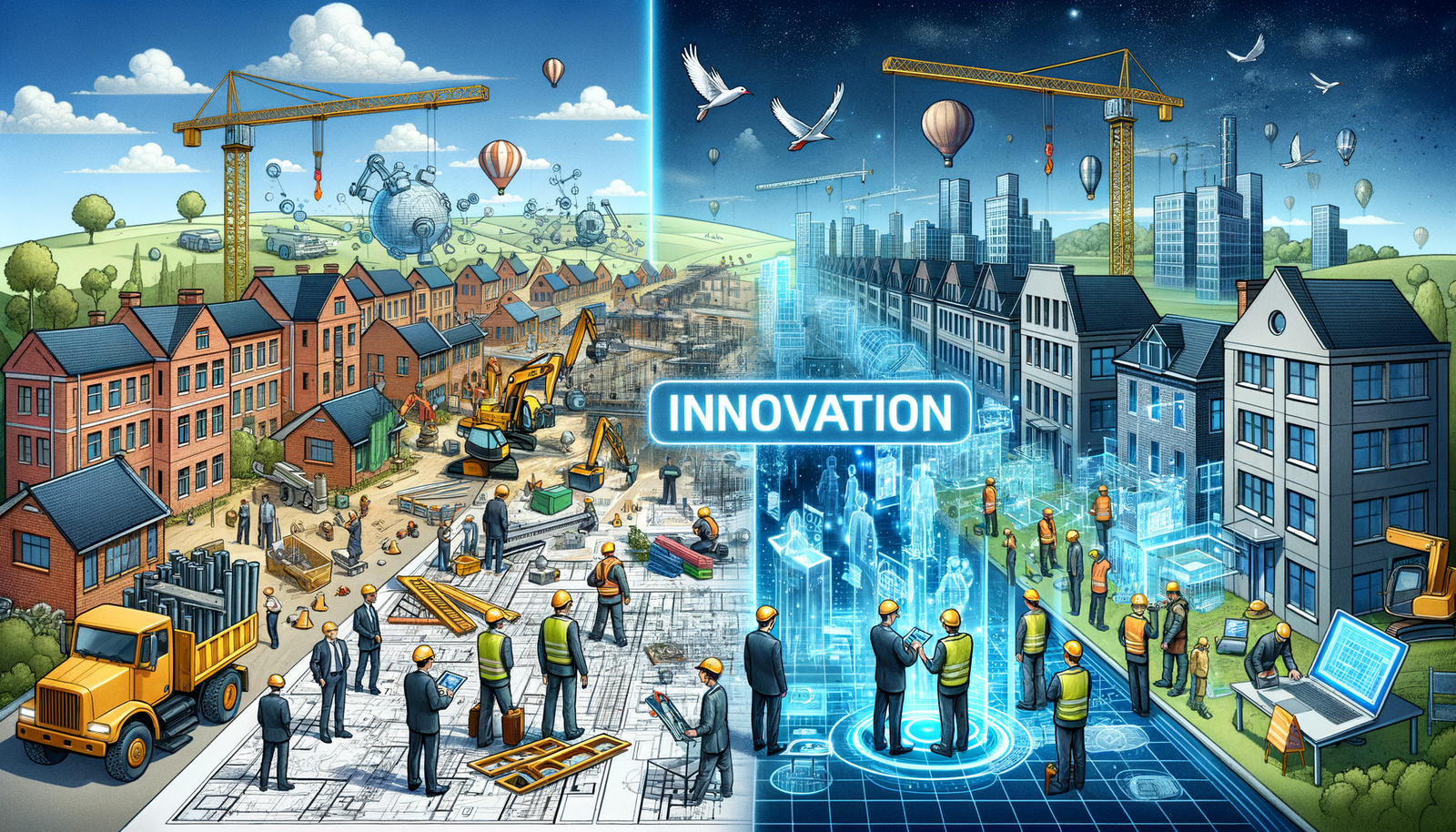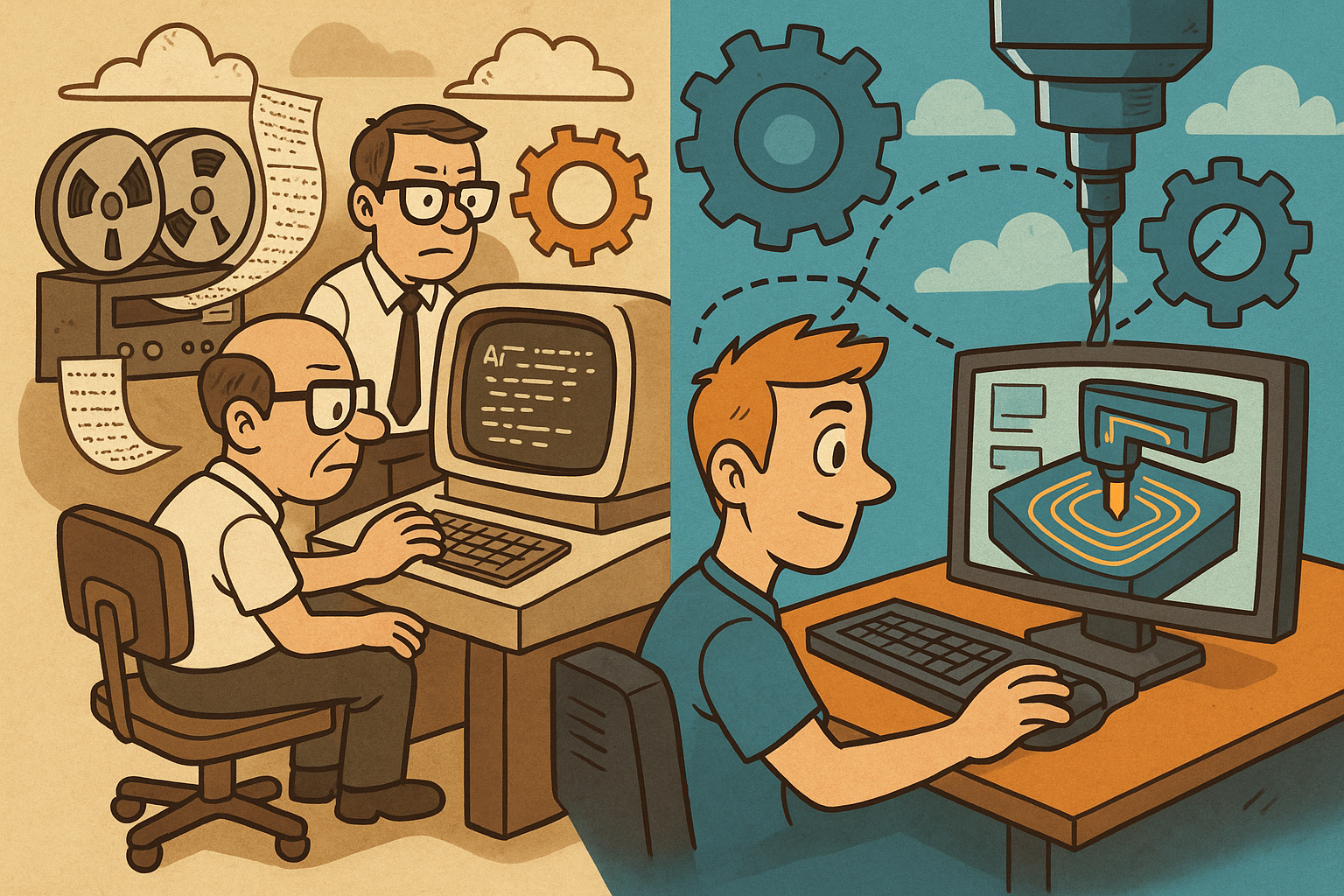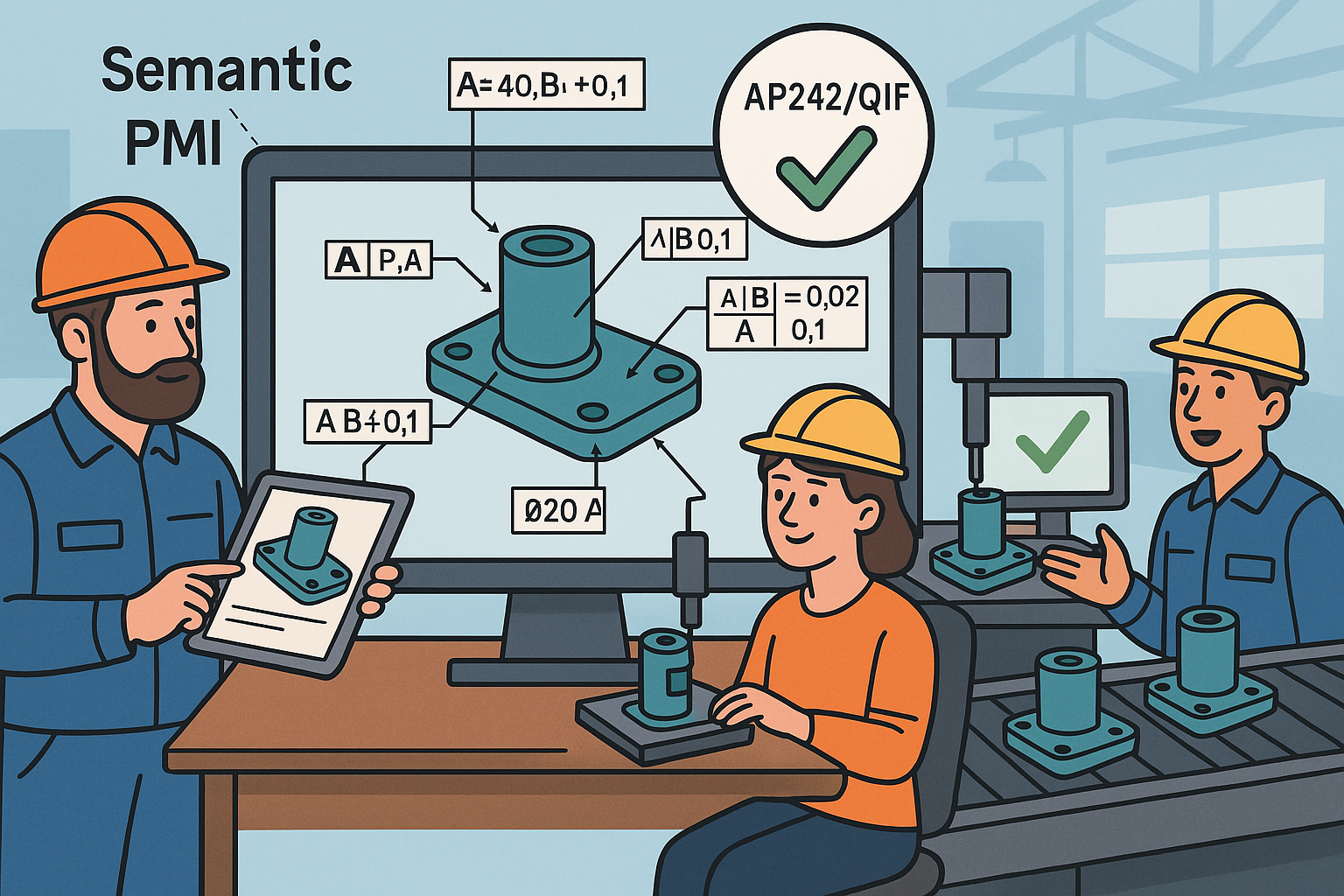Your Cart is Empty
Customer Testimonials
-
"Great customer service. The folks at Novedge were super helpful in navigating a somewhat complicated order including software upgrades and serial numbers in various stages of inactivity. They were friendly and helpful throughout the process.."
Ruben Ruckmark
"Quick & very helpful. We have been using Novedge for years and are very happy with their quick service when we need to make a purchase and excellent support resolving any issues."
Will Woodson
"Scott is the best. He reminds me about subscriptions dates, guides me in the correct direction for updates. He always responds promptly to me. He is literally the reason I continue to work with Novedge and will do so in the future."
Edward Mchugh
"Calvin Lok is “the man”. After my purchase of Sketchup 2021, he called me and provided step-by-step instructions to ease me through difficulties I was having with the setup of my new software."
Mike Borzage
Exploring the Revolutionary Impact of Digital Twins on Engineering and Construction
June 28, 2024 3 min read


Introduction to Digital Twins
Digital twins represent a groundbreaking innovation in the way we understand and manage physical assets, processes, and systems. A digital twin is essentially a virtual model designed to accurately reflect a physical object. These digital replicas are dynamic, updating with real-time data, and can predict the performance, issues, or maintenance needs of their physical counterparts. The concept, which found its origin in the early 2000s, has evolved significantly, finding applications across various industries with particular emphasis on engineering and construction where the impact on planning, execution, and maintenance of projects is profound.
Core Technologies Behind Digital Twins
The fidelity and effectiveness of a digital twin rely on the seamless integration of several core technologies. At the heart of digital twin technology are the Internet of Things (IoT), Artificial Intelligence (AI), Machine Learning (ML), and cloud computing. Together, these technologies facilitate the gathering, processing, and analysis of data from a myriad of sources to create and maintain a digital twin.
- IoH connects the physical and digital worlds by gathering data from sensors placed on physical assets.
- AI and ML provide the capability to predict outcomes based on historical and real-time data, making digital twins dynamic and insightful.
- Cloud computing offers the necessary computing power and storage capabilities, supporting the extensive data analysis and accessibility requirements of digital twins.
Integrating data from disparate sources, these technologies enable a comprehensive, up-to-date digital representation that is capable of simulating, predicting, and optimizing the functions and processes of its physical counterpart.
Applications of Digital Twins in Engineering and Construction
In the realms of engineering and construction, digital twins serve as powerful tools for the planning, design, maintenance, and operation of assets and projects. They allow for a detailed analysis of structures even before they are built, predict performance under various conditions, and provide insights into potential maintenance issues before they occur.
- Enhanced project management through the ability to simulate different scenarios, helping in risk mitigation and decision-making processes.
- Improved collaboration among stakeholders, as the digital twin provides a unified, accurate view of the project at any point in its lifecycle.
- Efficiency gains by streamlining processes, reducing downtime, and optimizing operations for better performance.
Digital twins also promote sustainability and safety in construction projects by enabling better resource management and ensuring compliance with regulations and standards.
Future Trends and Challenges
As digital twin technology matures, we can anticipate further advancements that will expand its applications and enhance its impact on engineering and construction. Innovations such as augmented reality (AR) integration and advanced data analytics are poised to offer even deeper insights and more immersive experiences.
However, the widespread adoption of digital twins is not without challenges. Issues such as data privacy, interoperability between different systems and platforms, and the need for a skilled workforce to manage and interpret digital twin data are significant hurdles. Despite these challenges, the potential of digital twins to transform the engineering and construction industries by driving innovation, efficiency, and sustainability remains clear.
In conclusion, digital twins represent a pivotal leap forward in our ability to design, build, and maintain the world around us. As technology progresses, the adoption of digital twins across industries, especially in engineering and construction, is set to increase, heralding a new era of efficiency and innovation.
Also in Design News

Rhino 3D Tip: Raytraced Viewport for Real-Time Material and Lighting Iteration
January 08, 2026 2 min read
Read More
Design Software History: From APT to Adaptive Toolpaths: A Technical History of CAM and the Digital Thread
January 08, 2026 12 min read
Read More
Model-Based Definition: Semantic PMI, AP242/QIF Validation, and Paperless Manufacturing
January 08, 2026 13 min read
Read MoreSubscribe
Sign up to get the latest on sales, new releases and more …


